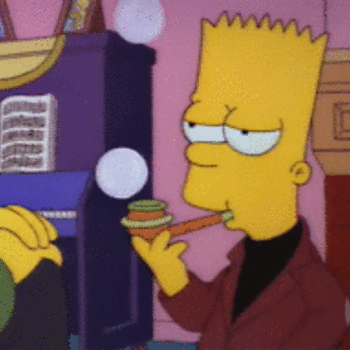Question #5cc63
1 Answer
Ahhh, we can used permuatations:
Explanation:
Let's use factorials, firstly:
So, to find all the possible combinations, we know that there are, in total,
So, the amount of total possible arrangements are:
=
That's a pretty big number...
Now, out of these combinations, we know that there are:
=
Therefore, we can now find the amount of ways that the girls can sit together, and the amount of ways the girls sit together, respectively:
Ways (Boys/Girls) =
Ways (Girls) =
Therefore, the probability that the girls sit together is:
And the probability that the boys and girls sit together in a seperate combination is:
What? You said
That's for another time, my young friend...

